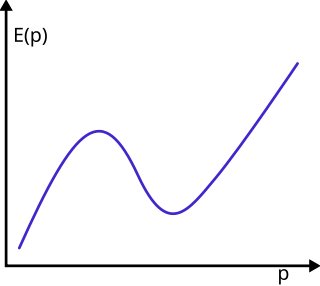
In theoretical physics, a roton is an elementary excitation, or quasiparticle, seen in superfluid helium-4 and Bose–Einstein condensates with long-range dipolar interactions or spin-orbit coupling. The dispersion relation of elementary excitations in this superfluid shows a linear increase from the origin, but exhibits first a maximum and then a minimum in energy as the momentum increases. Excitations with momenta in the linear region are called phonons; those with momenta close to the minimum are called rotons. Excitations with momenta near the maximum are called maxons.
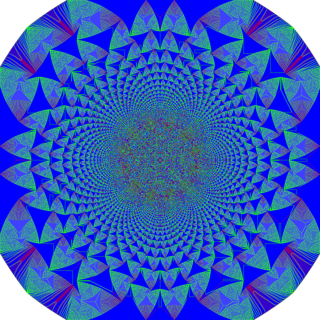
Self-organized criticality (SOC) is a property of dynamical systems that have a critical point as an attractor. Their macroscopic behavior thus displays the spatial or temporal scale-invariance characteristic of the critical point of a phase transition, but without the need to tune control parameters to a precise value, because the system, effectively, tunes itself as it evolves towards criticality.
This is a timeline of subatomic particle discoveries, including all particles thus far discovered which appear to be elementary given the best available evidence. It also includes the discovery of composite particles and antiparticles that were of particular historical importance.
In physics, the Tsallis entropy is a generalization of the standard Boltzmann–Gibbs entropy.
This page deals with the electron affinity as a property of isolated atoms or molecules. Solid state electron affinities are not listed here.
David Locke Webster was an American physicist and physics professor, whose early research on X-rays and Parson's magneton influenced Arthur Compton.
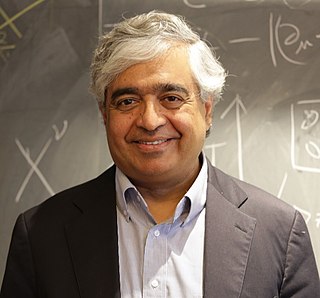
Subir Sachdev is Herchel Smith Professor of Physics at Harvard University specializing in condensed matter. He was elected to the U.S. National Academy of Sciences in 2014, and received the Lars Onsager Prize from the American Physical Society and the Dirac Medal from the ICTP in 2018. He was a co-editor of the Annual Review of Condensed Matter Physics from 2017–2019.

Frank Verstraete is a Belgian quantum physicist who is working on the interface between quantum information theory and quantum many-body physics. He pioneered the use of tensor networks and entanglement theory in quantum many body systems. He holds the Leigh Trapnell Professorship of Quantum Physics at the Faculty of Mathematics, University of Cambridge, and is professor at the Faculty of Physics at Ghent University.

Piers Coleman is a British-born theoretical physicist, working in the field of theoretical condensed matter physics. Coleman is professor of physics at Rutgers University in New Jersey and at Royal Holloway, University of London.
Maya Paczuski is the head and founder of the Complexity Science Group at the University of Calgary. She is a well-cited physicist whose work spans self-organized criticality, avalanche dynamics, earthquake, and complex networks. She was born in Israel in 1963, but grew up in the United States. Maya Paczuski received a B.S. and M.S. in Electrical Engineering and Computer Science from M.I.T. in 1986 and then went on to study with Mehran Kardar, earning her Ph.D in Condensed matter physics from the same institute.
In theoretical physics, the logarithmic Schrödinger equation is one of the nonlinear modifications of Schrödinger's equation. It is a classical wave equation with applications to extensions of quantum mechanics, quantum optics, nuclear physics, transport and diffusion phenomena, open quantum systems and information theory, effective quantum gravity and physical vacuum models and theory of superfluidity and Bose–Einstein condensation. Its relativistic version was first proposed by Gerald Rosen. It is an example of an integrable model.
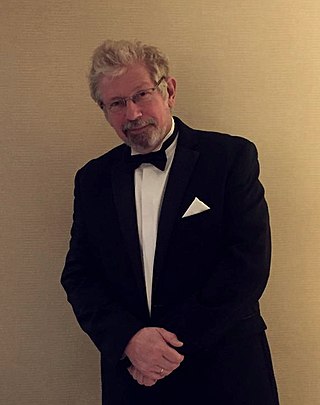
Alexandre Bouzdine (Buzdin) (in Russian - Александр Иванович Буздин; born March 16, 1954) is a French and Russian theoretical physicist in the field of superconductivity and condensed matter physics. He was awarded the Holweck Medal in physics in 2013 and obtained the Gay-Lussac Humboldt Prize in 2019 for his theoretical contributions in the field of coexistence between superconductivity and magnetism.
Raymond Ethan Goldstein FRS FInstP is Schlumberger Professor of Complex Physical Systems in the Department of Applied Mathematics and Theoretical Physics (DAMTP) at the University of Cambridge and a Fellow of Churchill College, Cambridge.
Katherine Birgitta Whaley is a professor of chemistry at the University of California Berkeley and a senior faculty scientist in the Division of Chemical Sciences at Lawrence Berkeley National Laboratory. At UC Berkeley, Whaley is the director of the Berkeley Quantum Information and Computation Center, a member of the executive board for the Center for Quantum Coherent Science, and a member of the Kavli Energy Nanosciences Institute. At Lawrence Berkeley National Laboratory, Whaley is a member of the Quantum Algorithms Team for Chemical Sciences in the research area of resource-efficient algorithms.
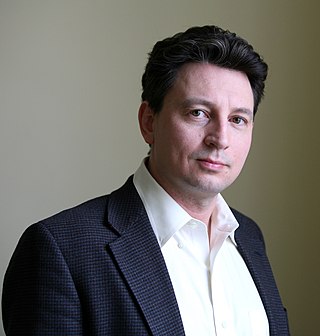
Victor Galitski is an American physicist, a theorist in the areas of condensed matter physics and quantum physics.
In condensed matter physics and black hole physics, the Sachdev–Ye–Kitaev (SYK) model is an exactly solvable model initially proposed by Subir Sachdev and Jinwu Ye, and later modified by Alexei Kitaev to the present commonly used form. The model is believed to bring insights into the understanding of strongly correlated materials and it also has a close relation with the discrete model of AdS/CFT. Many condensed matter systems, such as quantum dot coupled to topological superconducting wires, graphene flake with irregular boundary, and kagome optical lattice with impurities, are proposed to be modeled by it. Some variants of the model are amenable to digital quantum simulation, with pioneering experiments implemented in a NMR setting.
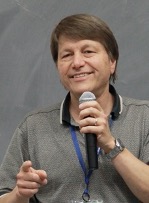
Mark Owen Robbins was an American condensed matter physicist who specialized in computational studies of friction, fracture and adhesion, with a particular focus on nanotribology, contact mechanics, and polymers. He was a professor in the department of physics and astronomy at Johns Hopkins University at the time of his death.
Tin-Lun "Jason" Ho is a Chinese-American theoretical physicist, specializing in condensed matter theory, quantum gases, and Bose-Einstein condensates. He is known for the Mermin-Ho relation.
Dale J. Van Harlingen is an American condensed matter physicist.
Devarajan (Dave) Thirumalai, an Indian-born American physicist, is the Collie-Welch Reagents Professor in Chemistry at the University of Texas at Austin. His research spans equilibrium and non-equilibrium statistical mechanics, such as the transition from liquid to amorphous state, polymer-colloid interactions, and protein and RNA folding. He is known for his contributions to the theories of protein/RNA folding, protein aggregation, glasses, and biological machines. He also does research in intrinsically disordered proteins (IDPs), organization and dynamics of chromosome and cell biophysics. Prior to moving to the University of Texas at Austin, he was a distinguished university professor in the University of Maryland from 2010 to 2015.








